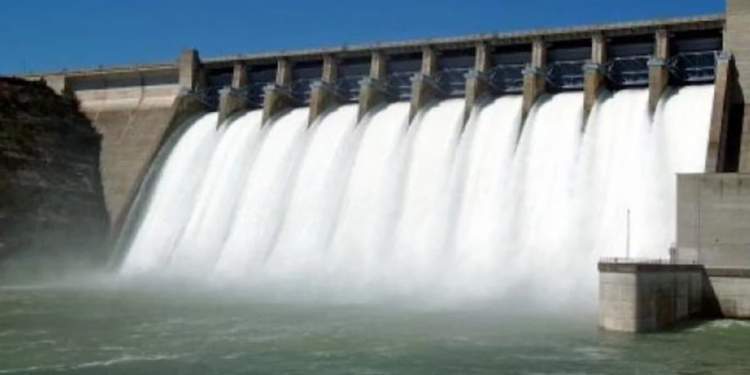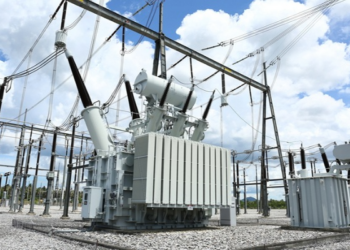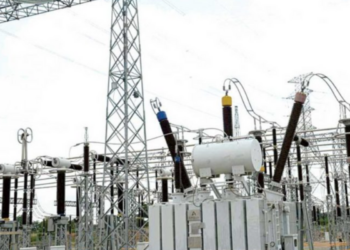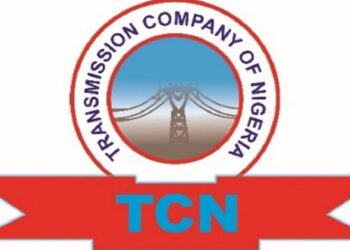The Chinese consortium, consisting of the China National Electric Engineering Company (CNEEC) and Sinohydro, has announced that the Zungeru hydropower project will generate an annual electricity output of 2.64 billion kWh.
This disclosure was made in a statement released in Abuja, as reported by the News Agency of Nigeria.
The consortium emphasized that this project would significantly contribute to Nigeria’s power generation capacity, highlighting it as a testament to the strong China-Nigeria partnership.
The Zungeru hydropower project is designed not only to generate electricity but also to provide flood control, irrigation, water supply, and fish-breeding facilities.
Hurdles and milestones on the Zungeru Hydropower project construction journey
Construction on the power plant began in May 2013, with an initial completion date set for 2018. However, legal and financial challenges related to ecological settlement in the affected area caused delays, and the project’s commissioning was postponed until 2021.
The COVID-19 pandemic further disrupted the construction schedule when the site had to be shut down in 2020.
Despite security challenges, such as attacks on workers in 2022, the project continued to progress. As of August 15, 2023, the project was successfully handed over to the Federal Government.
Located on the Kaduna River in Niger, this 700MW hydroelectric facility, costing approximately $1.3 billion (₦162.9 billion), represents one of the largest power projects completed in Nigeria in the last decade and one of the largest in Africa.
It is designed to generate 2,630 GWh of energy with a total installed capacity of 700 MW.
The Zungeru project is a vital component of Nigeria’s Renewable Energy Master Plan (REMP), which aims to increase the share of renewable electricity, including wind, solar, biomass, and small hydro, in the country’s energy mix.
The Nigerian government has set ambitious targets to achieve 23% renewable electricity by 2025 and 36% by 2030.
In addition to Zungeru, several other hydroelectric power plant (HPP) projects are in various stages of development in Nigeria, including the 3,050-MW HPP, 360-MW Gurara II HPP, 38-MW Dadinkowa HPP, 40-MW Itisi HPP, and 3,100-MW Mambilla HPP.
It’s worth noting that Nigeria, with a population of over 160 million people, faces challenges in meeting its electricity demand, as its existing power projects generate only 4,000 MW of electricity.
























